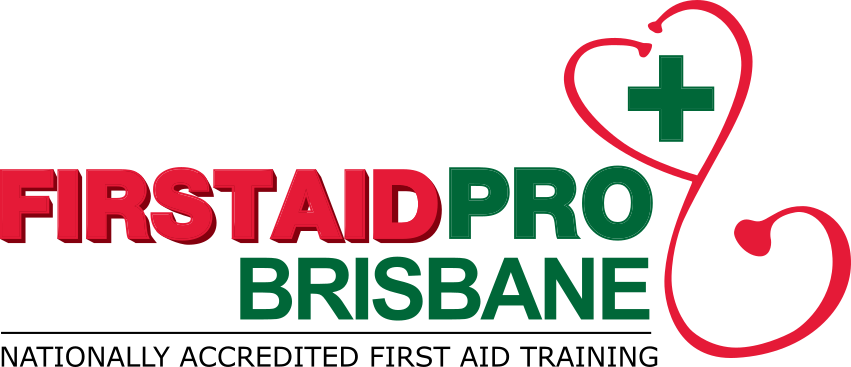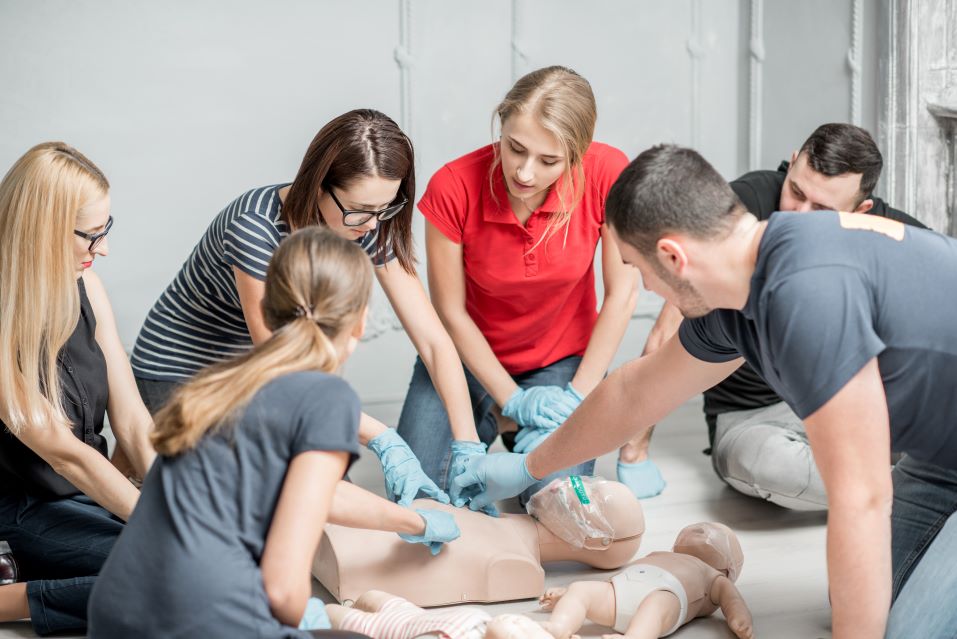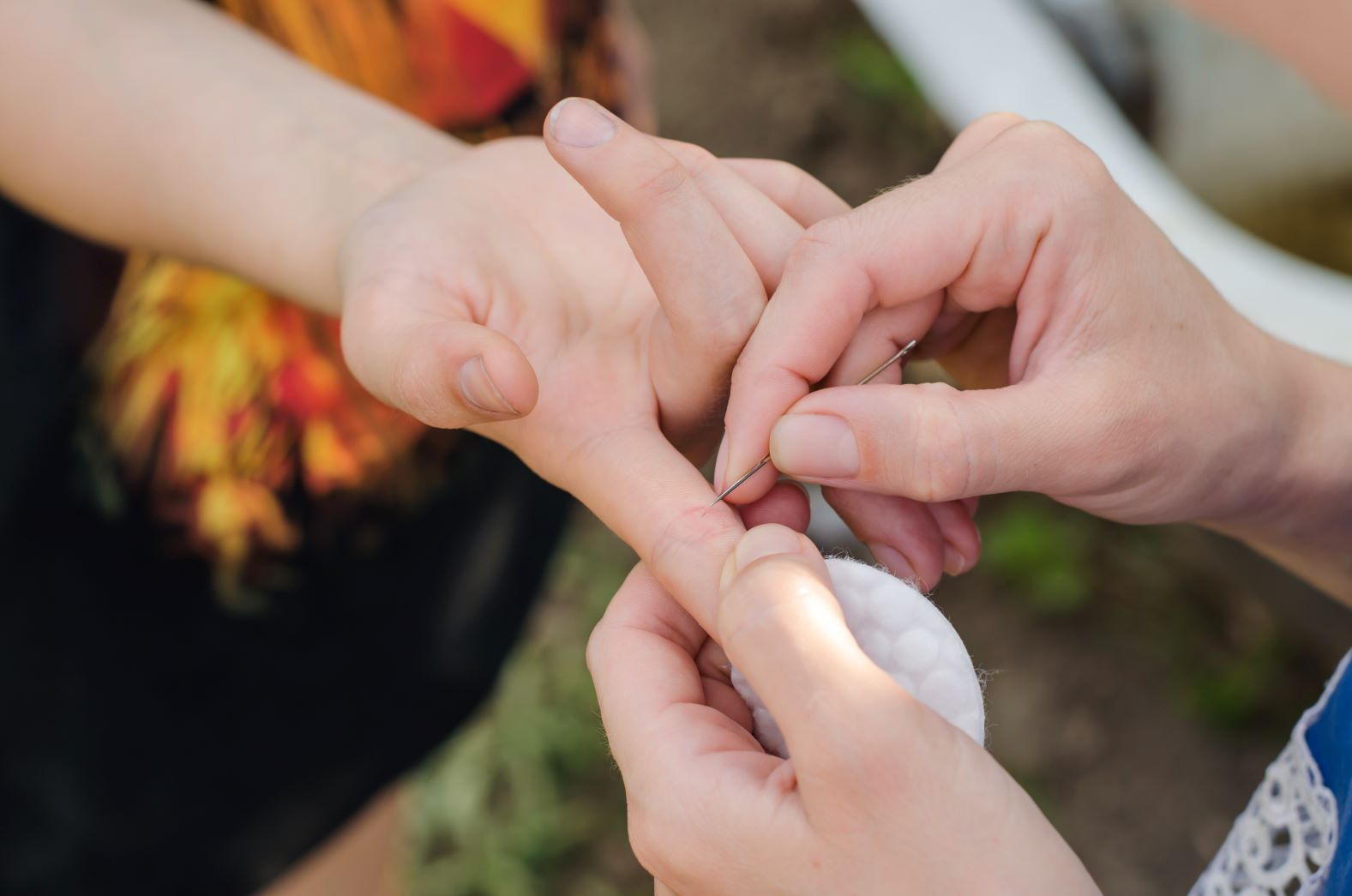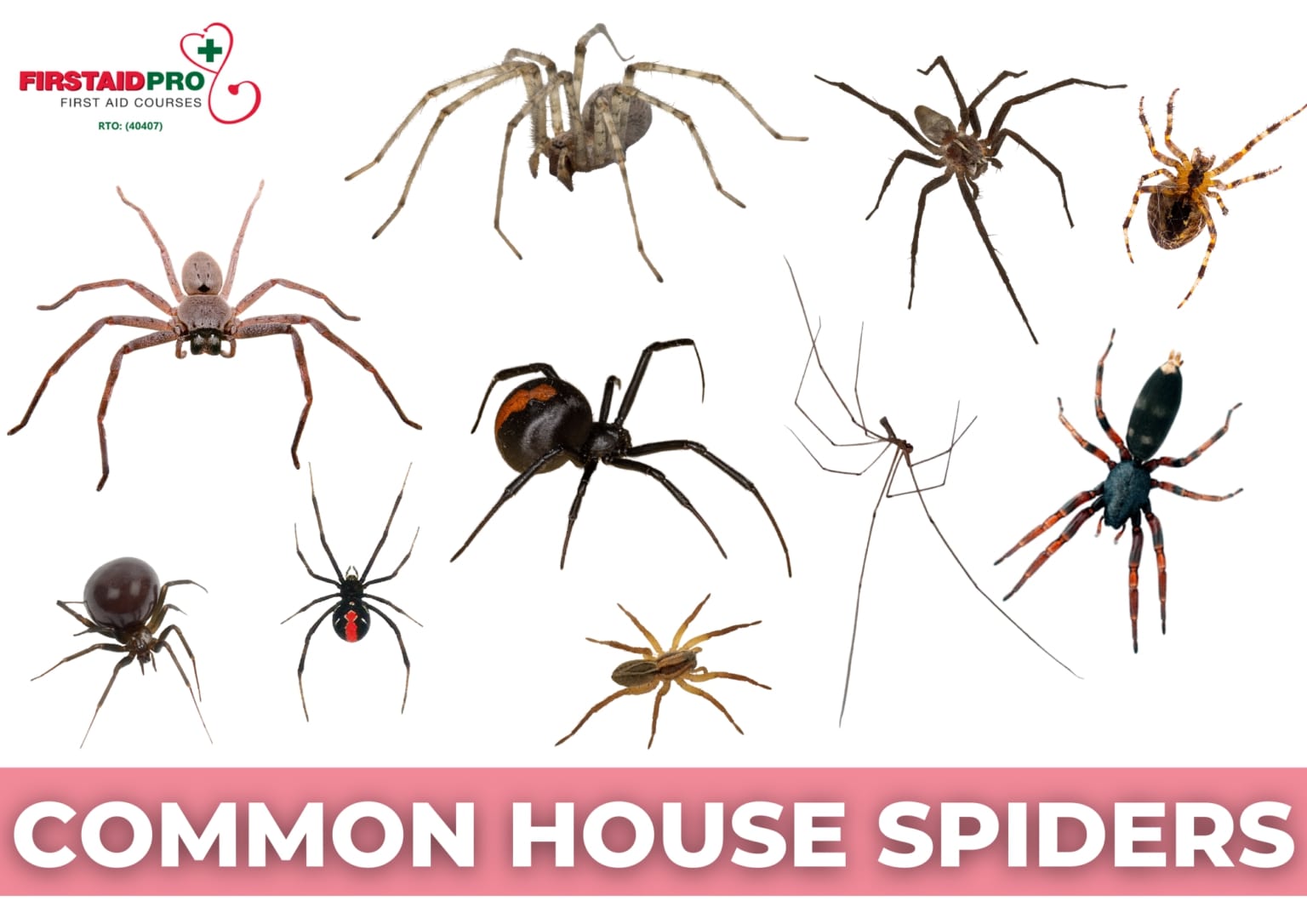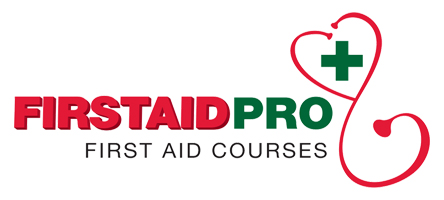There are health measures we can take to keep ourselves safe during the Coronavirus Pandemic, and it all goes back to doing the basics. Individuals, families, organisations, and facilities must be up to date on pandemic preparedness, infection prevention protocols, and action plans to monitor the emergence and swift spread of COVID-19.
What Are The Basics Of Protecting Against Coronavirus?
1. Handwashing
Proper handwashing is one of the most important steps in breaking the chain of acquiring the infection. For your information, respiratory viruses, including coronavirus (COVID-19), can be spread when the droplets containing the virus reach a person’s eyes, nose, and mouth. And most often, this happens through your hands.
How To Do Handwashing Properly?
To eliminate all traces of the virus, use hand soap and rinse it thoroughly with clean water for at least 20 seconds, which turns out to be the exact time it takes to sing Happy Birthday (twice). You can also switch to “Staying Alive” by the Bee Gees or sing along to Lady Gaga’s “Bad Romance” while washing your hands.
If soap and water are not readily available, use a hand sanitiser with at least 60% alcohol indicated on the label. Both handwashing and sanitising are very effective in killing microbes when used correctly.
2. Social Distancing
One of the many things communities is doing to slow the virus is the practice of social distancing.
What Is Social Distancing?
Social distancing is ultimately about creating physical distance between you and other people. For many countries, including the United States, it means keeping six feet of distance with people to avoid flying droplets from a sneeze or cough (droplets that carry the virus can travel about that distance).
In Australia, we are currently practising the four-square meters (4m2) rule between yourself and others and no gatherings of more than 10 people.
In most communities, social distancing means closing schools and workplaces, cancelling huge-crowd events, and preventing going to restaurants, bars, gyms, and public transportation where there will likely be a big group of people.
The more social distancing measures are being practised, the slower infection rates will be, and the lower chances of catching the virus and spreading it to our loved ones and communities.
3. Infection Control
World Health Organisation (WHO) stresses the importance of infection control, especially to our front liners and health care professionals. Infection prevention and control (IPC) are being practised to prepare and respond to suspected cases of COVID-19.
The practice of good hand hygiene, use of Personal Protective Equipment (PPE’s), proper disinfection of surfaces and safe waste management will prevent or minimise the transmission of infectious agents.
4. Immediate Care
The first thing you’ll want to do when you suspect you have the virus is to give your primary care physician a call for advice. Let them know the symptoms you are having and inform them of any underlying health issues.
The physician will then assess whether you’ve had significant exposures or whether you are sick enough. If they suspect you have, your doctor will work with the Centers for Disease Control and Prevention (CDC) to determine if you need testing.
While waiting, it is suggested you do self-isolation at home and keep a distance from others. Other things you can do is wear a mask, get plenty of rest, and keep yourself well-hydrated.
Looking for more tips on how to protect and prepare yourself from coronavirus? Get proper first aid training. First Aid Pro offers Face-to-Face First Aid Training across Australia.
Enrol with us today and be prepared for COVID-19.
